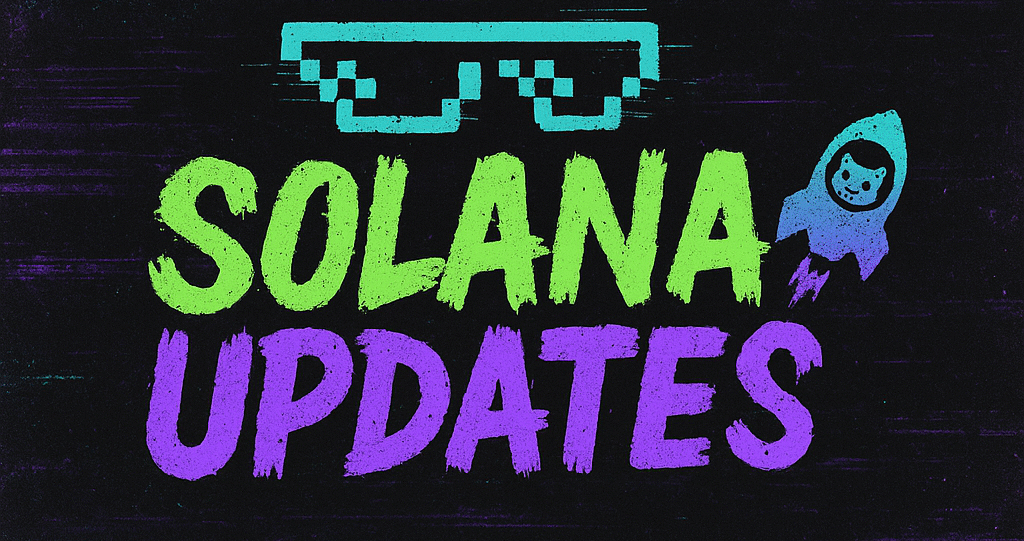Stablecoins and Tokenization: A New Challenge for Money Market Funds
In a recent report, the Bank of America has highlighted a growing trend in the financial markets: the rising demand for stablecoins and tokenization, and their potential impact on traditional money market funds. As digital assets continue to gain traction, their influence is increasingly being felt in areas once dominated by conventional financial instruments.
Stablecoins, which are digital currencies pegged to stable assets like the U.S. dollar, have seen a surge in popularity as they offer a bridge between the volatile world of cryptocurrencies and the relative stability of fiat currencies. Their growing use in transactions and as a medium of exchange is putting pressure on traditional money market funds, which have been a staple for conservative investors seeking liquidity and modest returns.
According to the Bank of America report, while the demand for stablecoins is increasing, it does not significantly alter the dynamics of Treasury bills (T-bills), a cornerstone of many money market funds. Instead, the challenge lies in how these funds can compete with the ease of transaction and transparency offered by tokenized assets.
Tokenization, the process of converting rights to an asset into a digital token on a blockchain, is also transforming the landscape. It allows for fractional ownership and more accessible trading of assets, democratizing investment opportunities for smaller investors. This technology is increasingly being applied to a variety of asset classes, including real estate, equities, and, notably, debt instruments like T-bills.
The implications for money market funds are significant. As more investors turn to stablecoins and tokenized assets for their liquidity and investment needs, traditional funds may find themselves needing to adapt. They might need to incorporate these digital assets into their portfolios to remain competitive, or risk losing their market share to more innovative financial products.
Furthermore, the regulatory landscape is evolving in response to these changes. Regulatory bodies are grappling with how to oversee stablecoins and tokenized assets, balancing the need for innovation with consumer protection. This regulatory uncertainty adds another layer of complexity for money market funds considering a shift towards digital assets.
Despite these challenges, there are opportunities for those willing to innovate. Money market funds that embrace the digital transformation can potentially offer new, hybrid products that combine the stability of traditional funds with the flexibility and accessibility of digital assets. By doing so, they can tap into a broader investor base and meet the changing demands of the market.
In conclusion, the rise of stablecoins and tokenization represents both a challenge and an opportunity for money market funds. As the financial world continues to evolve, those who can adapt to the changing landscape will likely find themselves at the forefront of the next wave of financial innovation.
🛒 Recommended Product: Check out top-rated crypto gear on Amazon


